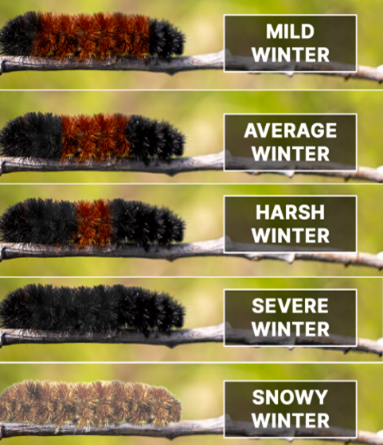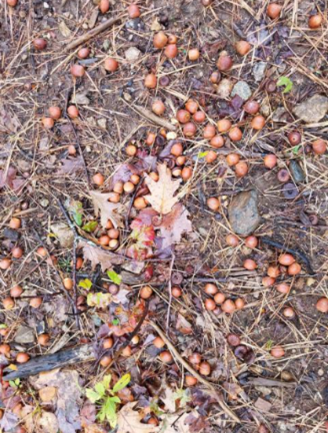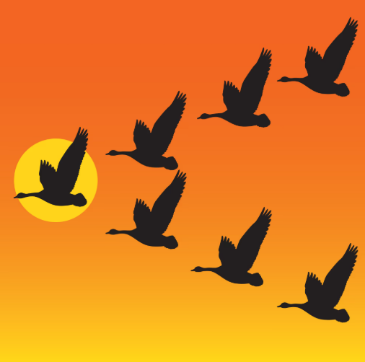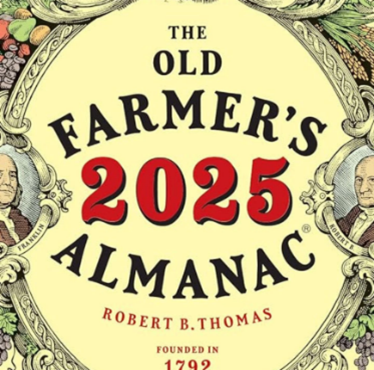Every fall we start hearing the same questions. Are the woolly bear caterpillars darker this year? Are the acorns heavier? Are the leaves falling early? For generations, people have looked to nature for clues about the winter ahead. Some of these ideas are just for fun, while a few carry a little science behind them.
Last year at the Greensburg PIC building, I noticed that the green bushes in front of the building had berries all over them for the first time since I have been here. It felt odd. Then winter came. It was a cold, snowy season with very little food available for wildlife. Slowly the berries disappeared because the animals were eating them. Mother Nature provided exactly what they needed to get through a harsh winter.
I was recently talking to a friend from upstate New York. He said they always gauge how bad the winter will be by the number of walnuts that fall to the ground before the cold sets in. According to him, this year he has not seen many walnuts on the ground, and there are no berries on the bushes yet. Maybe the winter will not be that bad. We will need to wait and see.
Woolly Bear Caterpillars
The belief is that a wider brown band means a mild winter and more black means harsher weather. Scientists say the stripes usually reflect the caterpillar’s age and growing conditions from the previous year rather than the coming winter. People still enjoy checking them because it keeps us paying attention to nature.

Heavy Acorn Drops
A big acorn year is said to mean deep snow. Oak trees naturally have high production years called mast years, and that cycle does not predict winter. Like the berries on the bushes, acorns give squirrels and other animals something to store away for the cold months. Mother Nature provides again.

Thick Animal Coats
Farmers say that if animals grow thick coats early, winter will be long and cold. Fur thickness mainly responds to shorter daylight hours. It is a survival instinct that works whether storms arrive or not.

Early Migrating Birds
Some claim that if birds leave early, winter storms are on the way. Migration depends more on food supply and daylight changes. Sudden cold snaps can influence timing, so this one has a small connection to weather. I tend to predict the start of winter by the snow in the Rocky Mountains. Once it starts there, it will not be long before it reaches Western PA.

The Old Farmer’s Almanac
People love to check it each year because it is a long-standing tradition. Its long-range predictions are a fun starting point, though meteorologists say it is not as accurate as modern forecasting. I personally think the Old Farmer’s Almanac has more wins than the meteorologists give them credit for.

So, What Should We Believe?
Winter always keeps us guessing. Old weather sayings connect us to our roots and remind us to observe the world around us. Whether these predictions come true or not, they give us a reason to prepare.
Check your heating system before the first freeze. Stock up on essentials. Seal gaps around doors and windows. Preparation keeps homes comfortable no matter what nature decides.
Remember that regardless of what type of winter we have, there are many people who need help. Donating winter clothes to a neighbor or to a local clothing drive, or helping an elderly person shovel their walkway, can make a real difference in someone’s safety and comfort.
Stay warm, stay ready, and enjoy the changing of the seasons.





 724-836-2600
724-836-2600










